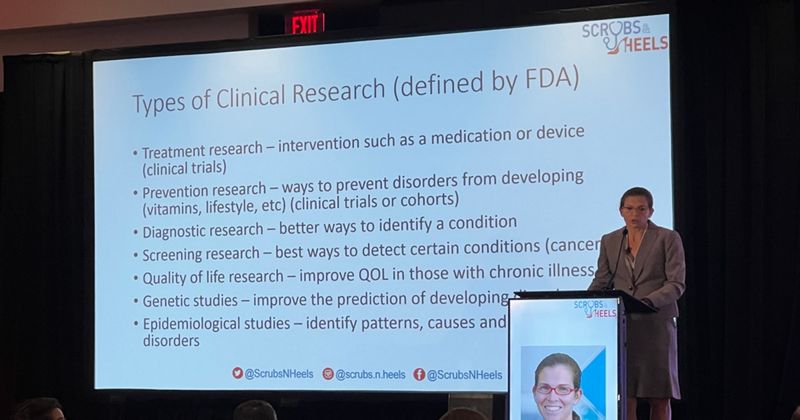Registry trials can provide revenue ‘backbone’ for gastroenterology practice
MIAMI — Incorporating clinical trials into daily practice can both enhance patient treatment options and provide a stream of reimbursement revenue to support the practice, according to a presenter at the Scrubs and Heels Summit.
“In my practice, I always ask myself, no matter where a patient is in the course of disease: Would this patient potentially benefit from inclusion in a clinical trial?” Millie D. Long, MD, MPH, associate professor of gastroenterology and hepatology at the University of North Carolina at Chapel Hill, said during the presentation. “Start small, select the right studies, educate your patients, discuss clinical trials with them early in their disease course, and it can help to grow your practice. It can be done; one of the most important things is making the finances work.”

Long highlighted that “registry studies can provide a backbone for constant revenue coming in and supporting your group, because most patients, if not all patients potentially, could be involved.”
Compared with registry studies, Long noted that reimbursement for experimental trials is based on recruitment — following a small amount of “start-up” funds — and can be up or down.
“You also want to find the appropriate clinical trials,” Long noted. “You can reach out to local [clinical research organizations] and [medical science liaisons] for various companies, and, importantly, also to other academic sites in your area that are doing trials as well as sites where you trained that may have active clinical trial units.”
After obtaining a confidentiality agreement and review protocols, Long recommended paying special attention to exclusion criteria, wash out periods, placebo rates and long-term extensions.
“Only accept those trials for which you can be successful,” Long said. “It’s better to have fewer studies and do very well with recruitment.”
Another key to successfully integrating clinical trials into practice is consideration for the design of trial.
“Placebo-controlled trials can be a hard sell,” she said. “However, if it’s only placebo for 12 to 16 weeks until they are guaranteed access to the drugs if they are not responding, that’s a little bit different. Comparative effectiveness studies are now available where you have two active comparators, which is an easier sell, but sometimes your patient characteristics may not be best for that. Long-term extensions are important to look for, as are open-label extensions.”
Long also emphasized the need to operationalize in order to adequately match eligible patients with potential trials.
“Every clinic, [one of the clinical trial coordinators and I] print a list of patients, and she runs through and tells me which trials every single patient would be eligible for,” Long said. “By reviewing this before I see every single patient, it keeps the trials at the top of my mind and allows me to broach it as a subject as I’m also broaching the routine standard of care options that are available. This organization is what has allowed me to be successful.”

